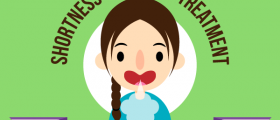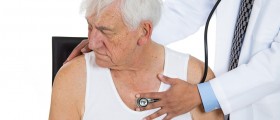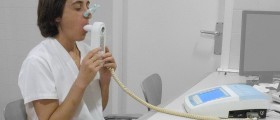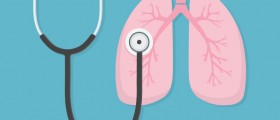
Even though one of the main symptoms of COPD is difficulty breathing, the fact is that exercising is one of the most natural ways in which this problem could be alleviated. Surely, it does not mean that just any exercise should be done, but as with any other condition, the doctor should be consulted first.
Breathing exercises that help with COPD
When it comes to breathing exercises, they are important in those who suffer from COPD for several reasons. First of all, they make the breathing muscles stronger, and then, they provide more oxygen to the lungs, which results in easier breathing. People who are at the beginning can do two exercises three times a day and approximately 10 minutes each of them.
The first is called pursed lip breathing and it requires that the person breathes through the nose, while the mouth is closed. It is necessary to relax the muscles of the neck and shoulders, and if possible, the exhaling should last for four seconds through pursed lips. What is good to know here is that shortness of breath might be experienced, but this is not a reason for concern, and it is enough to slow the rate of the breathing. Diaphragmatic breathing is the second breathing exercise, and it is done while lying on the back, with the knees bent. It is allowed to use a pillow as a support to the knees. While lying down, one hand should be on the belly, below the rib cage, and another on the chest. In this position, the person should breathe in through the nose and count to three. The stomach muscles should be tightened and while counting to six, the person should breathe out through mouth, and the lips should be slightly puckered. Deep breathing is an exercise that might also help and it can be done even while sitting in a chair. It is important to make sure that the elbows are pulled backward from the waist and in this position the person inhales. The breath is held until counted till five, and then the stomach muscles should be contracted in order for the air to be forced out.The person should stop with exercising if symptoms such as dizziness, irregular heart beat, shortness of breath, or pain are experienced, or if the person feels nauseous. Any unnatural or unusual pressure in the chest, neck, or jaw is also a signs to stop with any exercise that the person might be doing.






,-Asthma-And-Anxiety_f_280x120.jpg)










Your thoughts on this
Loading...